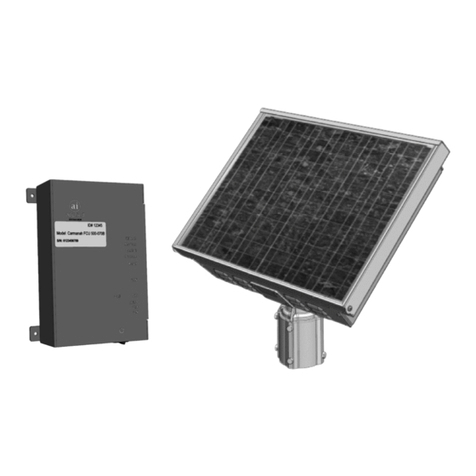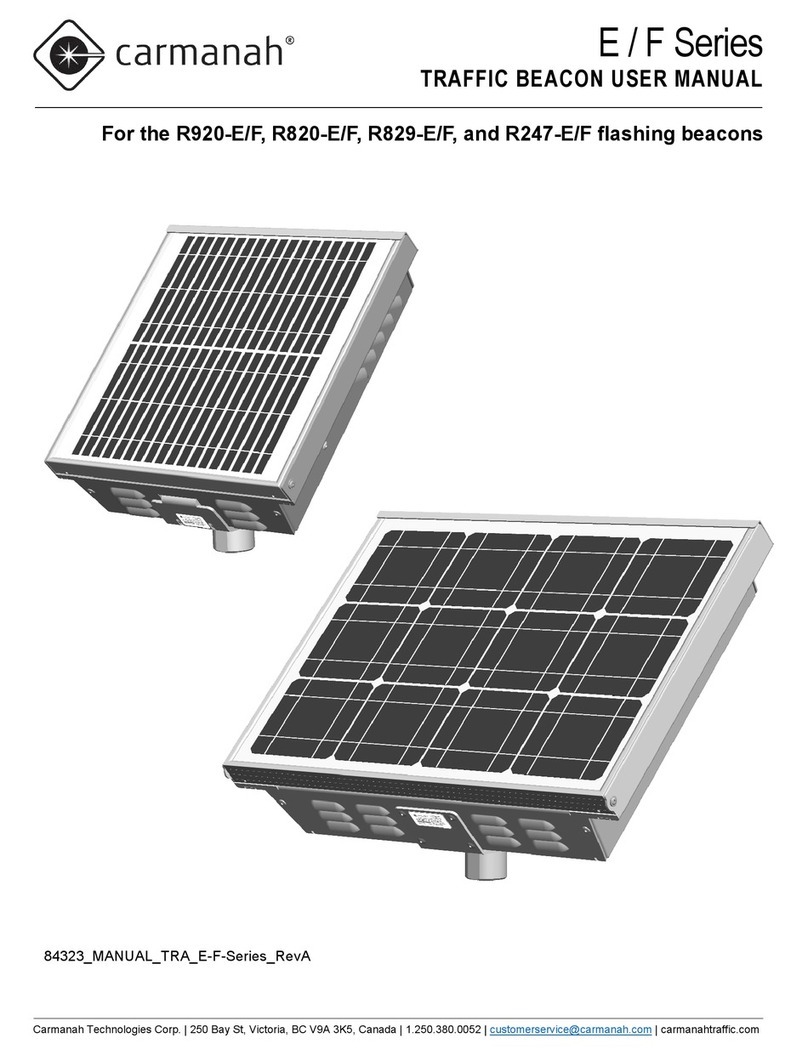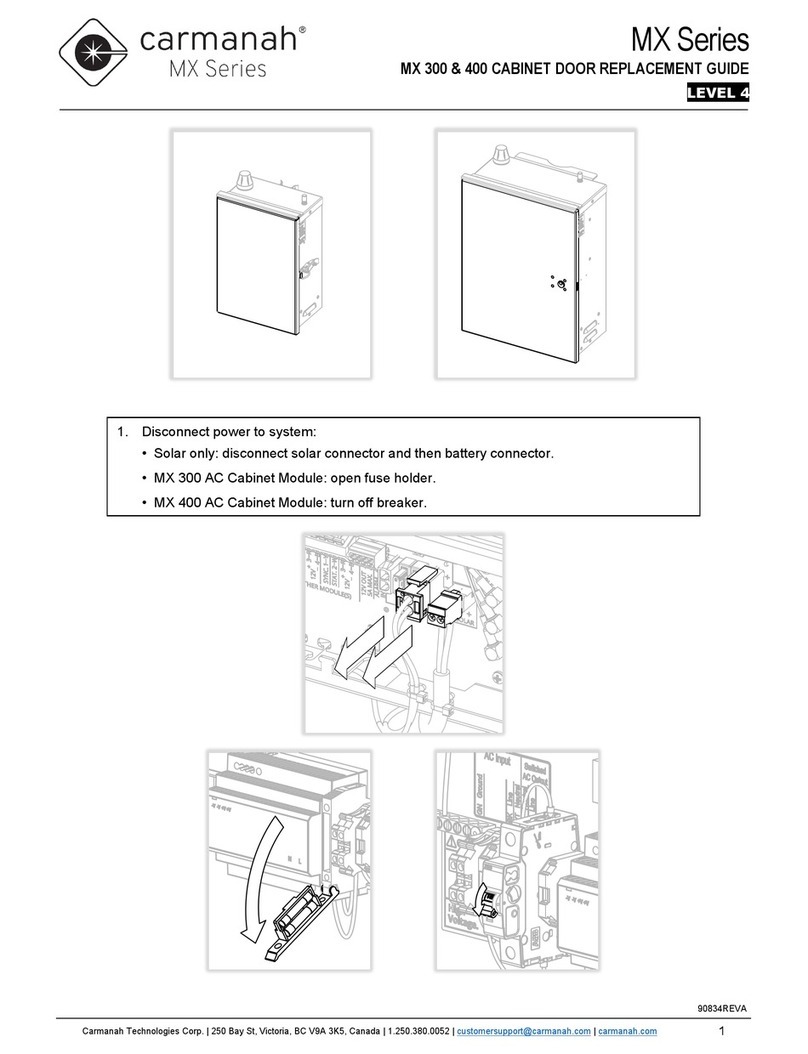
GP-HS1500
___________________________________________________________
9
4.4 Grounding
The inverter has a chassis ground lug on the rear panel allowing you to connect the
chassis of the inverter to ground. The ground terminals in the AC outlets on the
front panel of the inverter are internally connected to the chassis ground. If
available, the chassis ground lug should be connected to a grounding point, which
will vary depending on where the inverter is installed. In a vehicle, connect the
chassis ground to the chassis of the vehicle. In a boat, connect the chassis ground
lug to the boat's grounding system. In a fixed location, connect the chassis ground
lug to an earth ground.
The neutral (common) conductor of the inverter AC output circuit is connected
(bonded) to the chassis ground inside the inverter. Therefore, when the chassis is
connected to a ground, the neutral conductor is also grounded. These grounding
connections conform to national electrical code requirements which state that
separately derived AC sources (such as inverters and generators) have their
neutral conductors tied (bonded) to ground in the same way that the neutral
conductor from the utility line is tied (bonded) to ground in the AC breaker panel of
a non-mobile dwelling.
Important:
As per the national electrical code, electrical panels in mobile applications must not
have a bonded neutral. If the inverter is supplying power to equipment or a panel
where the neutral and ground are connected (bonded), a ground loop will occur. If
a ground loop occurs on inverters with GFCI outlets, the GFCI outlet will trip and
output power from the inverter will be cut off. If your GFCI repeatedly needs to be
reset, this indicates a ground loop somewhere in your system. In this case, please
have a qualified service technician inspect your electrical system or equipment.
The negative DC input of the inverter is connected to the
chassis. Do not install the inverter in a positive ground DC
system. A positive ground DC system has the positive terminal
of the battery connected to the chassis of the vehicle or to the
grounding point.
5.0 Operation
To operate the power inverter, turn it on using the ON/OFF switch on the front
panel. The power inverter is now ready to deliver AC power to your loads. If you
are operating several loads from the power inverter, turn them on separately after
the inverter has been turned on. This will ensure that the power inverter does not
have to deliver the starting currents for all the loads at once.
5.1 Operating On/Off Switch
The ON/OFF switch turns the control circuit in the power inverter ON and OFF. It
does not disconnect power from the power inverter. When the switch is in the OFF
position, the power inverter draws no current from the battery. When the switch is in
































